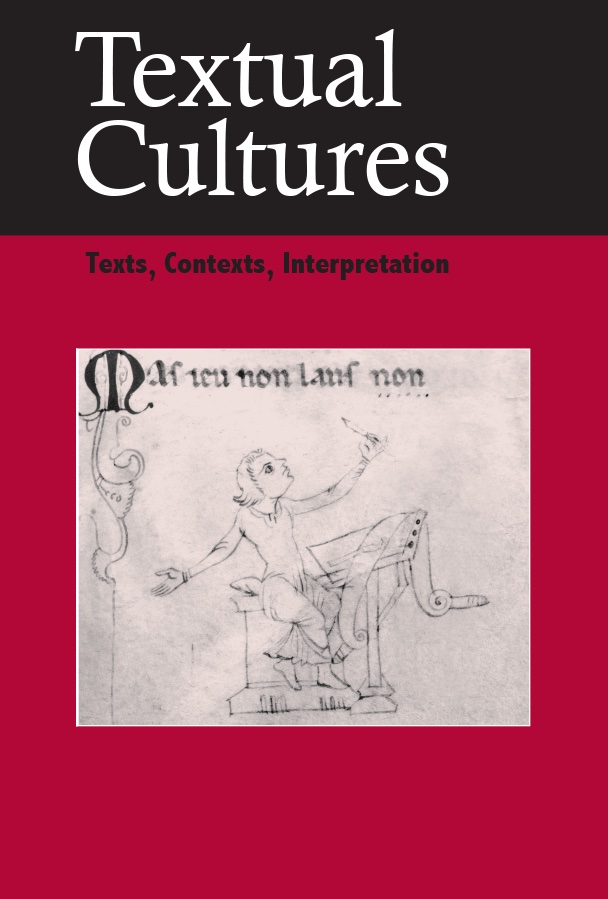Two Collections Type on the Page at the Houghton and Newberry Libraries
Main Article Content
Abstract
The period often considered the golden age of American type design (ca. 1900–ca 1940) saw the creation of a number of library collections specialized for the study of printing history. The most important of these were the John M. Wing Foundation at The Newberry Library of Chicago (founded in 1919) and the Department of Printing and Graphic Arts at Harvard’s Houghton Library (established in 1938). Both took inspiration from contemporary advances in bibliography and textual studies and both set out to exemplify printing history with specimens of type on the page for scholarly comparison; but they had differing emphases from the start, determined by the personalities and programs of their founders. The will of journalist John M. Wing (1845–1917) specified a collection that would allow study of “every significant development of the arts of printing and book production.” The first curator, Pierce Butler (1886–1953) began with incunabula and collected typeface by typeface through the centuries. Harvard’s Philip Hofer (1898–1984) was influenced by Butler’s classification scheme, but as an art historian, he began with aesthetic categories and emphasized design issues like illustration. As the two collections developed there were additional divergences, but also parallel interests, and both collaborations and rivalry. All the curators involved (Hofer in Cambridge and three successive librarians in Chicago) responded to ongoing developments in textual studies and in some cases anticipated them, both in their collection building and in their publications on printing history.
Downloads
Article Details
Authors who publish with this journal agree to the following terms:
- Authors retain copyright and grant the journal right of first publication with the work simultaneously licensed under a Creative Commons Attribution License (see:http://creativecommons.org/licenses/by/3.0/us/) that allows others to share the work with an acknowledgment of the work's authorship and initial publication in this journal.
- Authors warrant that their submission is their own original work, and that they have the right to grant the rights contained in this license. Authors also warrant that their submission does not, to the best of your knowledge, infringe upon anyone's copyright. If the submission contains material for which an author does not hold the copyright, authors warrant that they have obtained the unrestricted permission of the copyright owner to grant Indiana University the rights required by this license, and that such third-party owned material is clearly identified and acknowledged within the text or content of their submission.
- Authors are able to enter into separate, additional contractual arrangements for the non-exclusive distribution of the journal's published version of the work (e.g., post it to an institutional repository or publish it in a book), with an acknowledgment of its initial publication in this journal.
